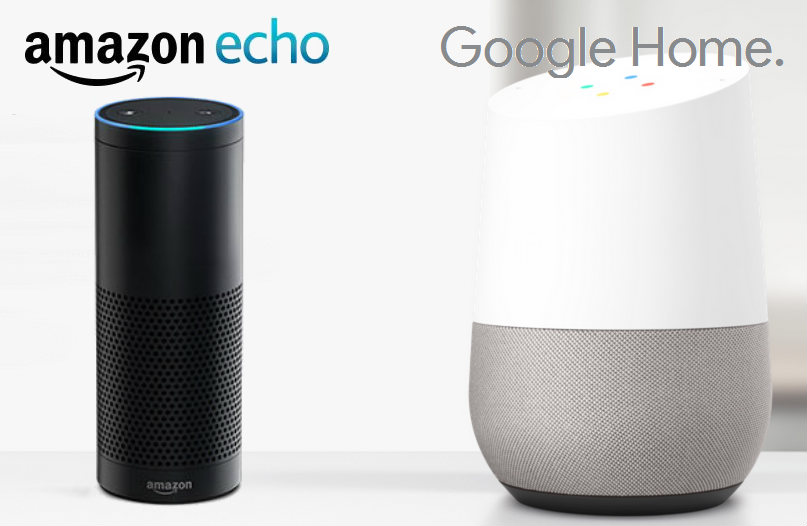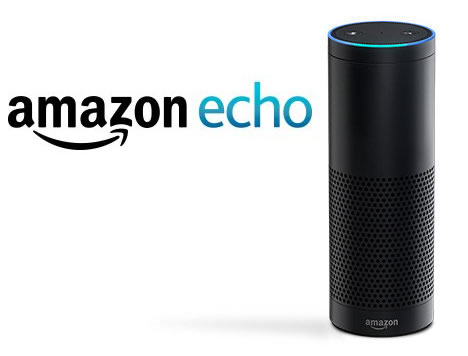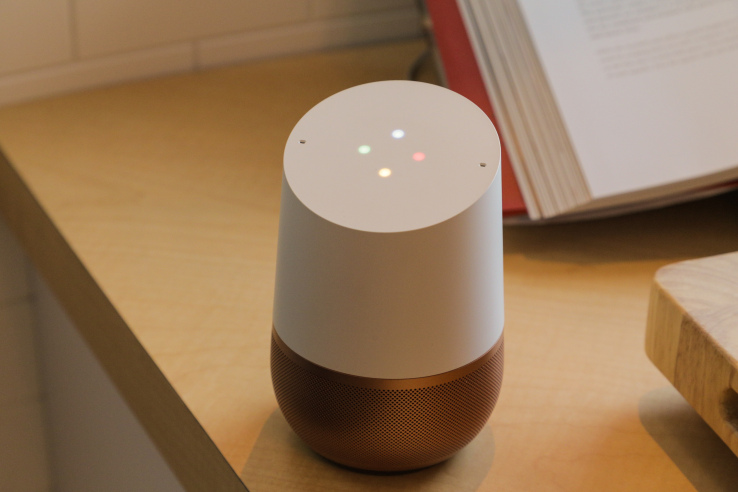

In 2014 Amazon introduced to the world the Echo which surprised everyone as Amazon was not the one which is expected to come up first with such a product. This terrified Google, as the tech giant spent years building intelligent voice assistants for phone and tablets, and now suddenly here’s Amazon stealing its thunder. However the tube shaped smart speaker powered by Amazon’s voice assistant Alexa did well in the market. Those who are not familiar with Echo, always-listening device showed the world a tantalizing future powered by voice. It is estimated that Amazon has sold around 3 million units of Echo. Here comes its competitor, Google Home.
Introducing Google Home
Yesterday 4th Oct 2016, Google introduced the Google Home the voice enabled smart speaker. It’s hardware product unveiling in San Francisco, Google announced more Google Home details as well as the pricing and availability; the smart speaker costs $129 and will start shipping on November 4. Although Amazon has nearly a two-year head start on Google, the market remains wide open for new players. From what we know so far, here’s how the two devices stack up in hardware, software and platform.
The Comparison


Hardware
At $129 Google Home sells cheaper than Amazon’s Echo, but keep in mind that Amazon is also selling less costly Alexa-powered hardware with Echo Dot and Amazon Tap. The second-generation Echo Dot is a shrunk-down Echo that only costs $50, while Amazon Tap is a portable Alexa-powered speaker with Bluetooth and WiFi connectivity for $100. In price factor, Google Home wins, but Amazon Echo has more options to choose from.


Amazon Echo has 7 microphone array to pick up voices from all around but Google Home has only 2 such microphones. The tear down of the Amazon Echo by iFixit confirms that Echo has seven microphone array, 2.0″ tweeter and a 2.5″ woofer. Whereas Google specifications mention integrated high-excursion speaker” for clear highs and rich bass.


Amazon Echo has a ring of LED lights to show that it is listening and users can turn the top of the device to control the volume.There are two buttons on top of Echo: First is an action button for turning off a timer or alarm, or waking up the device for voice commands; the second is a mute button that turns the microphone off so it’s not listening.


Google Home has four colorful LED lights sitting on top that tell the user when it’s listening. It also has a bit more options for physical input: the top of the speaker has a touch surface for playing or pausing audio; changing volume; or starting requests. Like Echo, there is also a mute button.
To summarize, Google Home has more customization options than Echo.
Software


Amazon Echo is powered by Amazon’s voice assistant, Alexa. Echo wakes up to the word “Alexa” to begin taking your commands.Right off the bat, the device makes it easy to set timers or alerts, ask what the weather is, play music. Echo users can manage all the settings and features in an Alexa app. The app is also where users can enable and browse through s0-called Skills — Amazon’s version of an Alexa app.
Google Home is running on Assistant, which is Google’s latest version of its virtual assistant for responding to users’ requests in a conversational manner. (Google Assistant made its first appearance in the smart messaging app, Google Allo, a few weeks ago.)Users trigger Google Home with “OK, Google” or “Hey, Google” to start controlling it. It’s able to do the usual — set timers, tell the weather, play a song. Since Google has a lot of information on its users with access to calendars and emails, it can get to know users a lot more intimately than Echo.
In an on-stage demo, Google showed how Google Home could help users plan out their day in the morning by saying “OK, Google, good morning”. Google then responded with the time, the local weather forecast for the day, what the commute time is to work, and what’s on the calendar for the day. In an on-stage demo, Google showed how users didn’t have to remember the exact name of a song in requesting music. For example, a user could ask “OK, Google, play that Shakira song from Zootopia.” The demo showed how Google Assistant was able to figure out the song was “Try Everything” and began playing it through the YouTube integration.
Google claimed it will offer multi-room functionality, allowing multiple speakers to be grouped together to play the same thing in different rooms. Google also said only the device that can hear the best — i.e. the one you’re closest to — will respond.


















